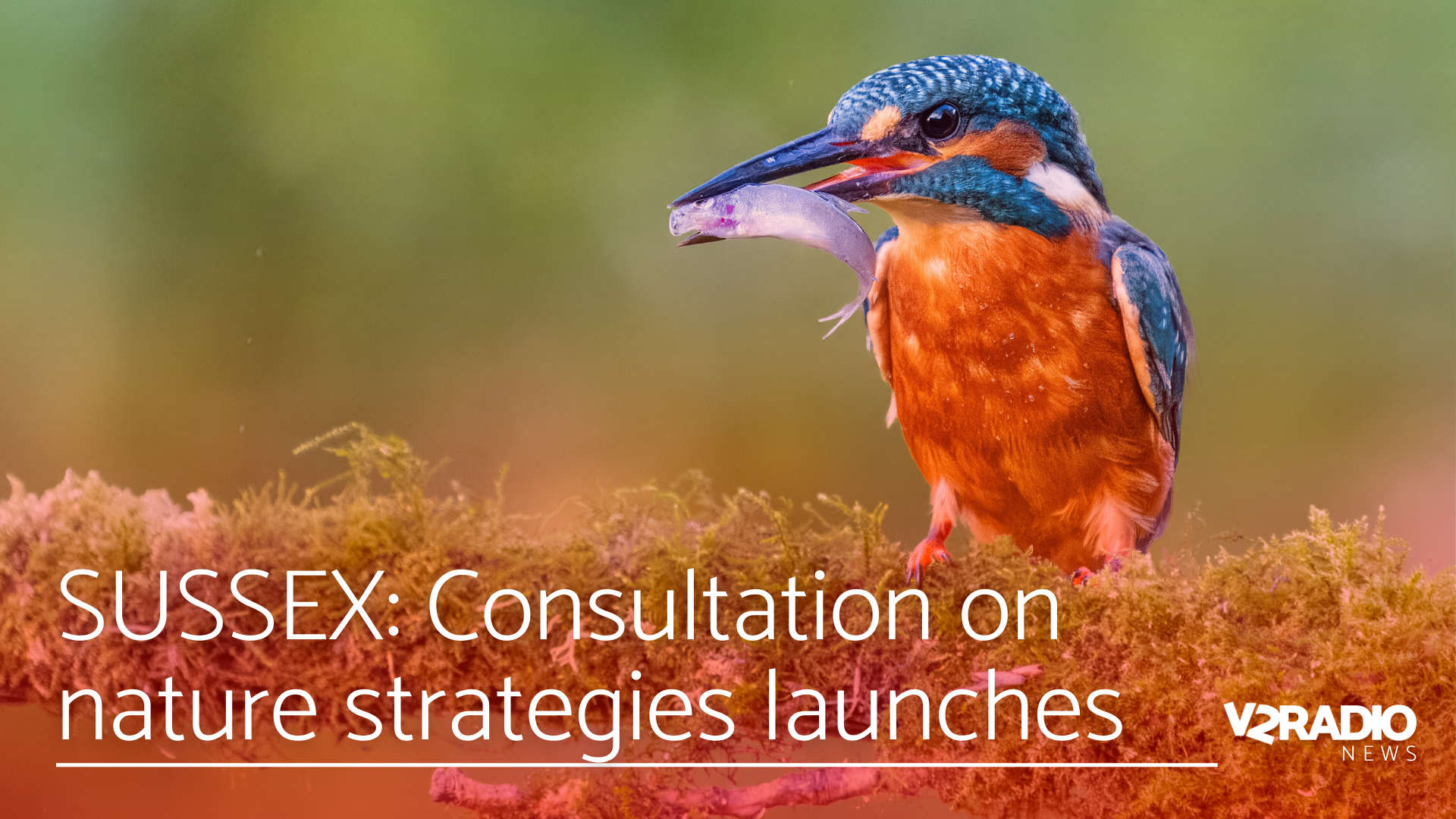
The public’s being invited to have their say on how to boost nature across Sussex.
Consultations have opened on draft Local Nature Recovery Strategies for both East and West Sussex, and Brighton & Hove.
They set priorities for protecting wildlife and list more than a hundred practical ways to reverse the decline in species and habitats.
Webinars have been arranged for specific groups to find out more about the plans as part of the 6-week consultation:
Tuesday 21 October at 6pm for town & parish councils
Thursday 23 October at 7pm for farmers, landowners and land managers
Monday 3 November at 6pm for residents, groups and organisations.
Each hour-long webinar will give an overview of the strategies, explain how they support nature recovery, guide attendees through the background documents and interactive map, and provide information on where and how people can have their say. There will also be an opportunity to ask questions where time allows.
Councillor Deborah Urquhart, West Sussex County Council Cabinet Member for Environment and Climate Change, said: “Protecting the environment underpins everything we do and the priorities in Our Council Plan. This strategy is a shared roadmap for nature’s recovery and reflects what people told us matters most - making our habitats more resilient, improving greenspaces and making nature part of everyday life.
“West Sussex has a rich natural heritage. With many ancient woodland sites, it is one of the most wooded counties in England. The South Downs chalk streams are both internationally rare and ecologically vital, while the Arun Valley wetlands and coastal harbours are key habitats for migratory birds. The rare wood pasture at Ebernoe supports threatened species like Bechstein’s and Barbastelle bats.
“The strategy identifies priority areas for nature recovery, especially along river valleys, chalk streams and coastal wetlands. It also highlights the need to improve access to nature in urban areas, particularly along the coast, where many communities lack greenspace within their neighbourhoods.
“We recognise that enhancing and sustaining nature must go hand in hand with enabling growth and infrastructure. This strategy helps us achieve that balance, supporting climate resilience, health and wellbeing, and a greener economy for the future.
“A wide range of views is so important, so I would urge people to take the time to look at the documents and map and tell us what matters most to you to help guide our approaches.”
To read the draft plans, explore the interactive map, and give your views, visit yourvoice.westsussex.gov.uk before 26 November 2025.

 Sussex leaders unite to launch Informal Partnership Board ahead of Mayoral Combined County Authority
Sussex leaders unite to launch Informal Partnership Board ahead of Mayoral Combined County Authority
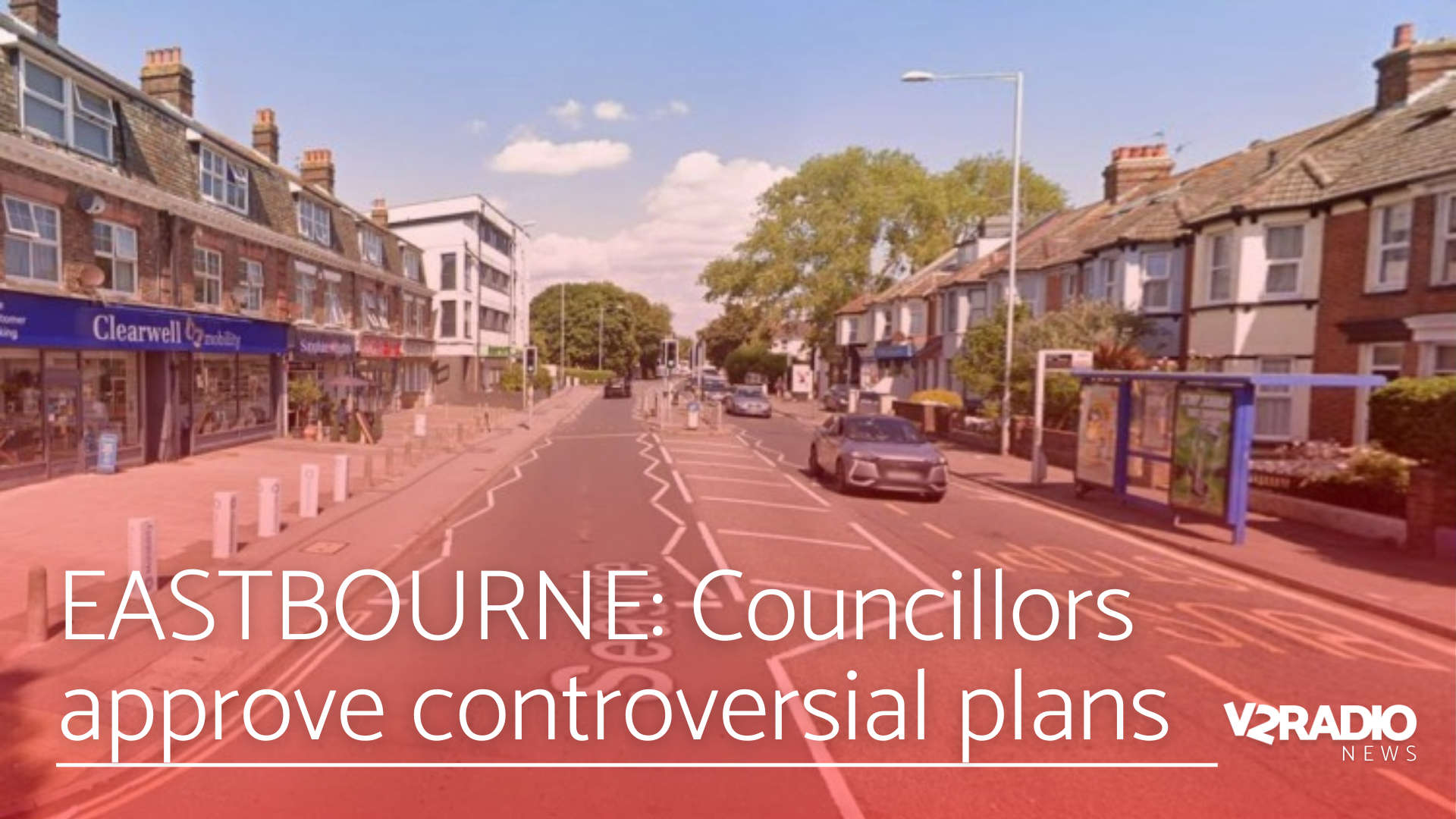 Councillors approve controversial bus lane plans in Eastbourne
Councillors approve controversial bus lane plans in Eastbourne
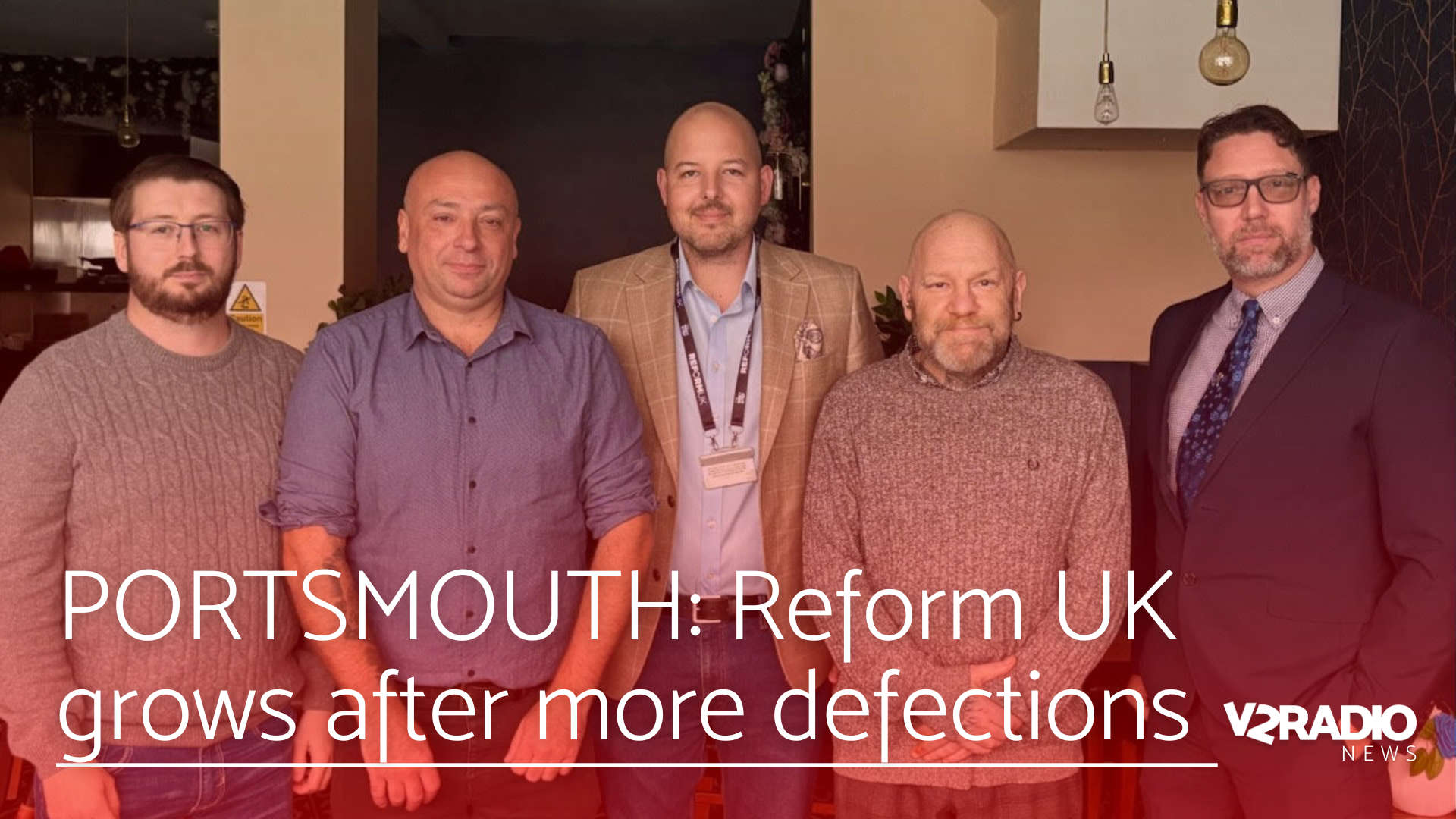 Reform UK in Portsmouth grows to six seats
Reform UK in Portsmouth grows to six seats
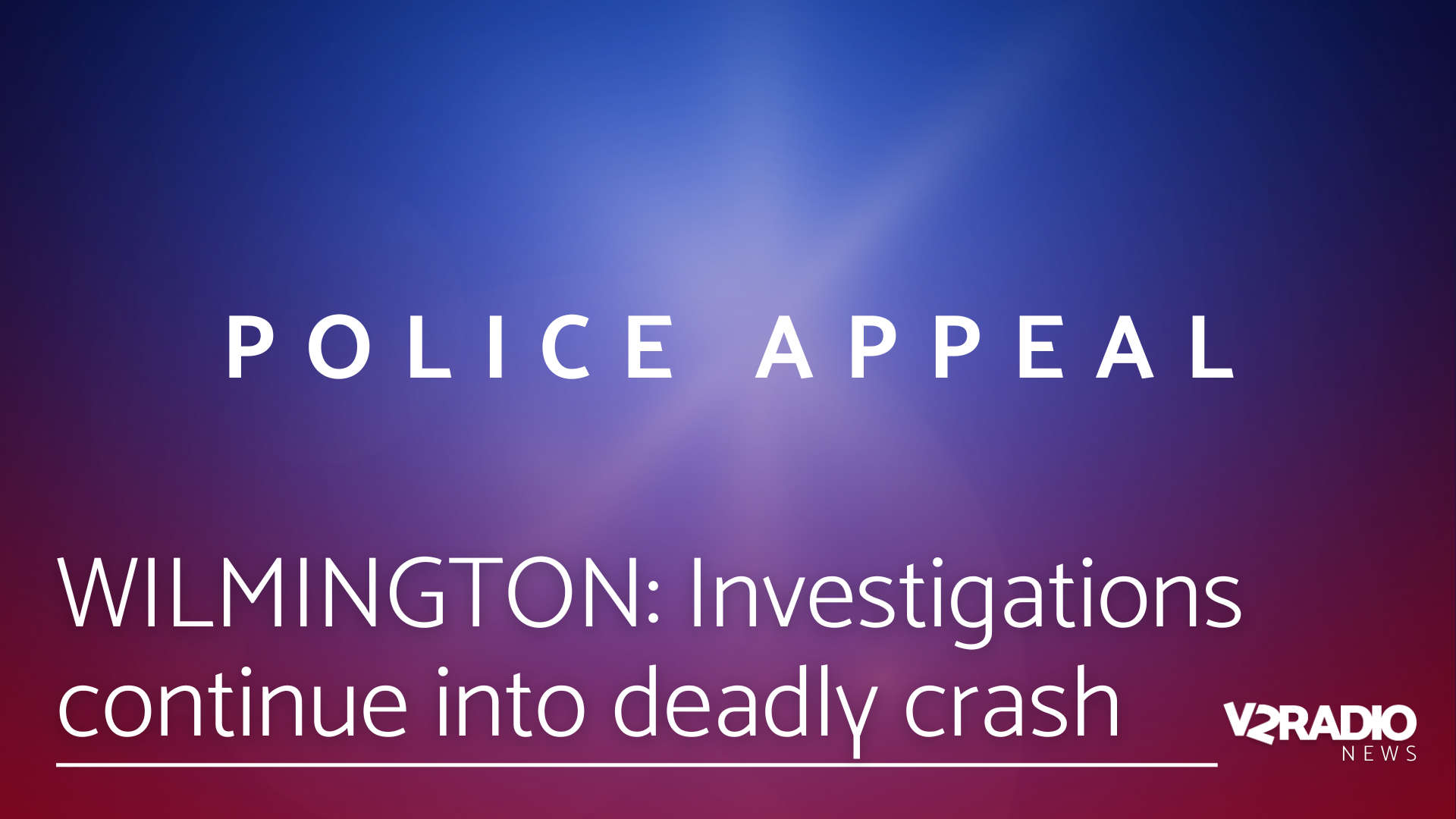 Further information sought following fatal collision near Wilmington
Further information sought following fatal collision near Wilmington
 Children’s hospices in the South welcome national share of £80m funding
Children’s hospices in the South welcome national share of £80m funding
 Weekend Football Preview: Sussex and Hampshire Sides in Action
Weekend Football Preview: Sussex and Hampshire Sides in Action
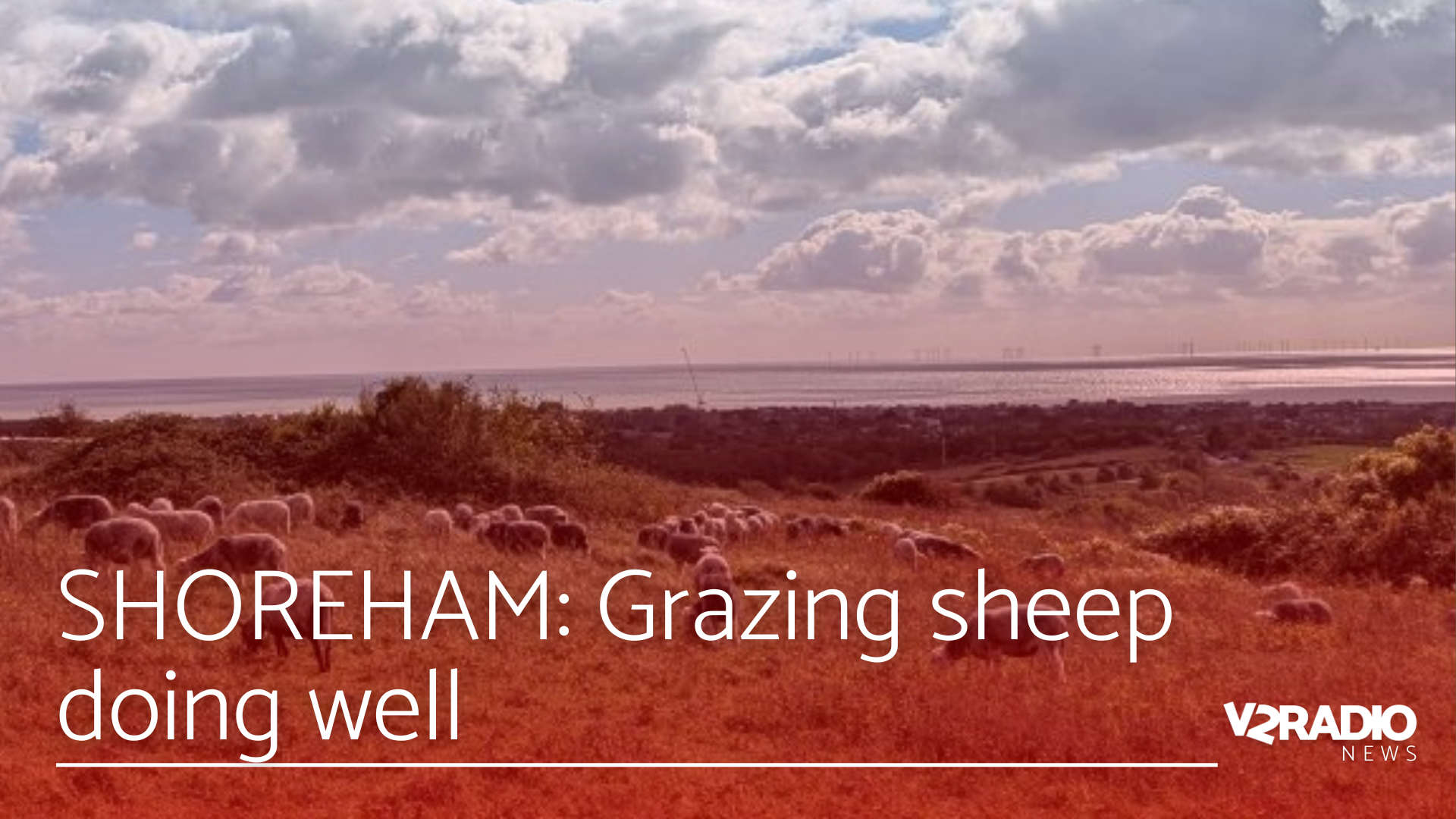 Grazing sheep settling in well at Mill Hill nature reserve in South Downs
Grazing sheep settling in well at Mill Hill nature reserve in South Downs
 Portsmouth shop owner ordered to pay £53,000 over counterfeit tobacco
Portsmouth shop owner ordered to pay £53,000 over counterfeit tobacco
 Settle down with some spine-tingling tales from West Sussex!
Settle down with some spine-tingling tales from West Sussex!
 Warning as people in the South begin to fill hot water bottles
Warning as people in the South begin to fill hot water bottles






